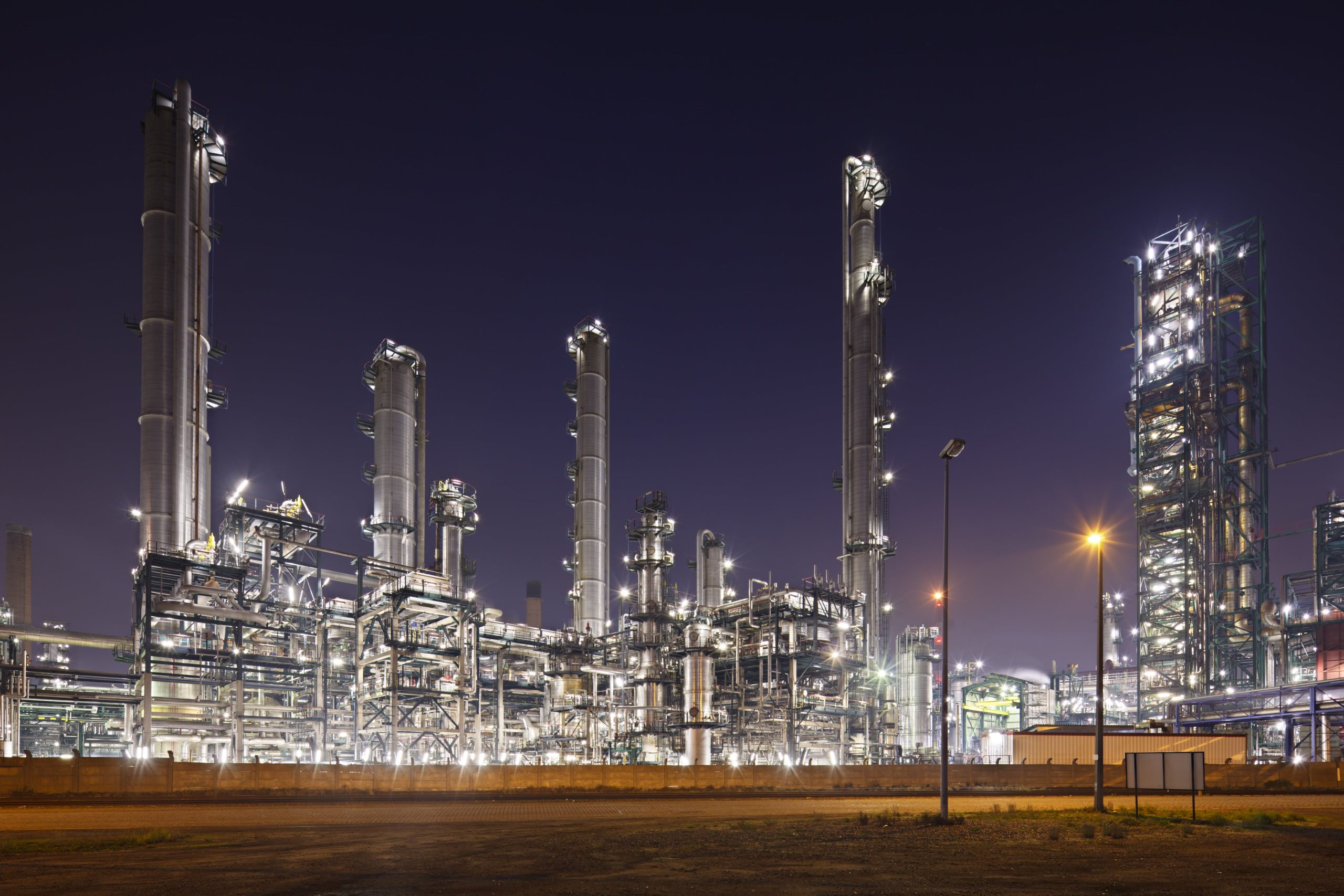Recent data from Poland indicates an unexpected strength in industrial production, presenting an intriguing scenario for investors and market analysts alike. While the numbers have exceeded expectations, there are underlying concerns about whether this trend can be maintained in the long term. Understanding the nuances of this data is critical for making informed investment decisions in the region.
Current Performance of Poland’s Industrial Sector
Poland’s industrial production figures have outperformed forecasts, signaling potential resilience in its manufacturing sector. Analysts had anticipated a more subdued performance, yet the actual results suggest a robust recovery phase. This could be indicative of underlying economic strength, possibly fueled by increased domestic demand and a rebound in exports.
Key Insights from the Data
- Poland’s industrial output has shown a surprising uptick, surpassing market expectations.
- Factors contributing to this growth may include improved consumer sentiment and increased investment in manufacturing.
- Despite the positive numbers, analysts caution against over-reliance on this growth as sustainable.
Concerns About Sustainability
While the current industrial production figures are encouraging, it is essential to approach them with caution. Some economic analysts, including those from ING Economics, have expressed skepticism about the durability of this growth. The challenges facing the Polish economy, such as potential supply chain disruptions and geopolitical tensions in Europe, could undermine these gains.
Furthermore, external factors such as inflationary pressures and interest rate hikes by central banks may also play a role in dampening future industrial output. The European Central Bank’s ongoing monetary policy adjustments will likely have significant implications for economic activity in Poland and the broader European region.
Implications for Investors
For traders and investors, the recent industrial production data from Poland presents both opportunities and risks. Here are some considerations:
- Monitor economic indicators closely for signs of a reversal in production trends.
- Evaluate sector-specific investments, particularly in manufacturing and export-driven companies.
- Be aware of macroeconomic factors in the Eurozone that could impact Poland’s economy.
In conclusion, while Poland’s industrial production numbers are encouraging, the sustainability of this growth remains in question. Investors should stay vigilant and consider the broader economic context when making decisions related to Polish assets. The debate about the durability of this industrial recovery is ongoing, and prudent analysis will be key in navigating these uncertainties.



